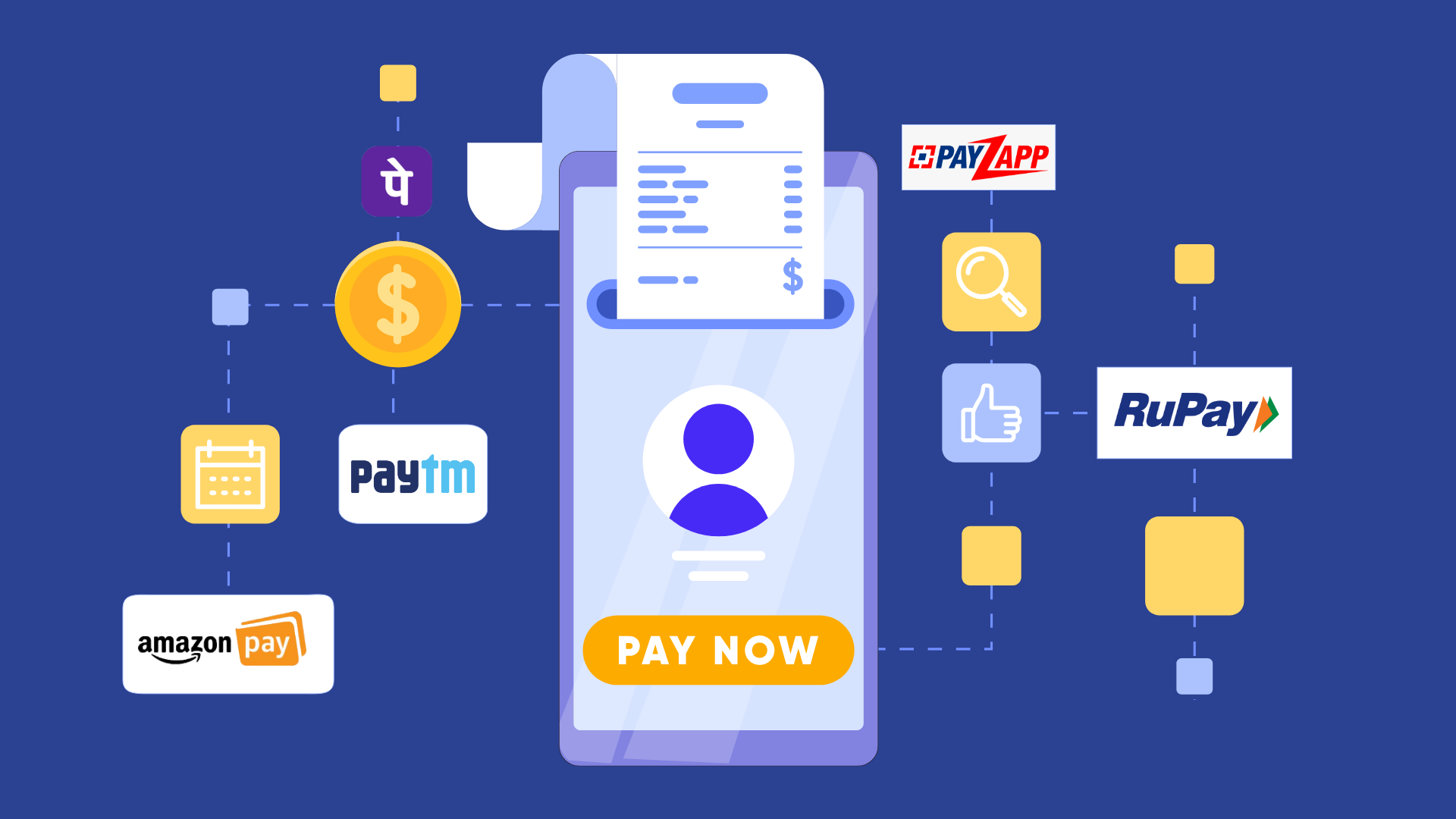AUTHOR : MICKEY JORDAN
DATE : 02/01/2024
In the dynamic realm of online transactions, the role of payment gateways has become increasingly crucial. As businesses strive to provide seamless payment experiences for their customers, the effectiveness of call-to-action strategies cannot be overstated. This holds especially true in a diverse market like India, where cultural nuances and varying levels of digital literacy pose unique challenges.
Introduction
Payment Gateway Call-to-Action Strategies in India In today’s digital age, payment gateways serve as the linchpin of online transactions, ensuring secure and swift financial exchanges between businesses and consumers. However, the success of these transactions hinges on their effectiveness, which prompts users to complete the payment process seamlessly.
Understanding the Indian Market
India’s payment landscape has witnessed a rapid transformation, driven by the booming e-commerce sector. With a significant portion of the population transitioning to digital transactions, understanding the intricacies of the Indian market is vital for crafting successful call-to-action approaches.

Challenges in the Indian Context
Navigating the diverse cultural landscape of India poses unique challenges for businesses. Factors such as varied languages, security concerns, and digital literacy disparities need to be addressed to create call-to-action strategies that resonate with Indian users.
Optimizing Call-to-Action for Indian Users
Language plays a pivotal role in engaging Indian[1] users. Crafting call-to-action messages in regional languages and considering cultural sensitivities can significantly enhance user interaction. Additionally, ensuring a user-friendly interface is paramount, with clear instructions and an intuitive design.
Mobile-Friendly Approaches
In a country where mobile transactions are prevalent, businesses must prioritize mobile-friendly call-to-action[2] strategies. Implementing responsive design principles ensures a seamless payment experience, fostering user satisfaction and also trust.
Integration with Popular Platforms
To streamline the payment process[3], it is essential for businesses to integrate their payment gateways with popular e-commerce platforms. This not only enhances user convenience but also establishes a sense of familiarity and trust.
Incorporating Local Payment Methods

Recognizing the diverse preferences of Indian consumers, payment gateways should offer a variety of local payment methods. Whether it’s digital wallets, UPIs, or traditional cards, catering to different choices enhances the likelihood of successful transactions.
Personalization for Enhanced Engagement
Tailoring call-to-action[4] strategies based on user behavior can significantly boost engagement. Leveraging data analytics to understand user preferences allows businesses to offer personalized payment options, creating a more user-centric experience.
Leveraging Social Media for Promotion
In an era dominated by social media, businesses can amplify their reach by integrating payment[5] links on popular platforms. Collaborating with influencers to promote payment gateways adds a human touch and fosters trust.
Ensuring Security and Trust
Security remains a top concern for online transactions. Implementing SSL certification and transparently communicating security measures build trust among users, encouraging them to complete transactions without hesitation.

Educational Initiatives
To address digital literacy gaps, businesses should undertake educational initiatives. Creating awareness about secure online transactions and promoting digital literacy not only enhances user trust but also contributes to the overall growth of digital transactions in India.
Analyzing Analytics for Continuous Improvement
Utilizing data analytics is crucial for refining call-to-action strategies. Monitoring user behavior, analyzing transaction data, and adapting to changing trends ensure that businesses stay ahead in providing an optimal payment experience.
Government Regulations and Compliance
Navigating the regulatory landscape is integral to maintaining user trust. Businesses must stay informed about government regulations, ensure compliance with data protection laws, and take other relevant measures.

Success Stories in India
Examining the success stories of businesses that have implemented effective call-to-action strategies provides valuable insights. Learning from industry leaders can inspire others to innovate and enhance their payment gateway approaches.
Conclusion
In conclusion, crafting effective payment gateway call-to-action strategies in India requires a holistic approach. By understanding the unique challenges of the Indian market and implementing personalized, secure, and user-friendly approaches, businesses can foster trust and enhance the overall online transaction experience.
FAQs
- Are payment gateways secure for online transactions in India?
- Yes, reputable payment gateways implement stringent security measures, like SSL certification, to ensure secure transactions.
- How can businesses adapt to changing user preferences for payment methods?
- By incorporating various local payment methods and regularly analyzing user behavior, they can tailor their call-to-action strategies accordingly.
- What role does digital literacy play in the success of payment gateways in India?
- Digital literacy is crucial for user trust. Educational initiatives can bridge the gap and enhance overall adoption.
- Can social media influence payment gateway success?
- Yes, integrating payment links on social platforms and collaborating with influencers can significantly boost engagement.
- How do businesses navigate government regulations regarding online transactions?
- Staying informed about and adhering to government regulations is essential to maintaining user trust and ensuring compliance.

